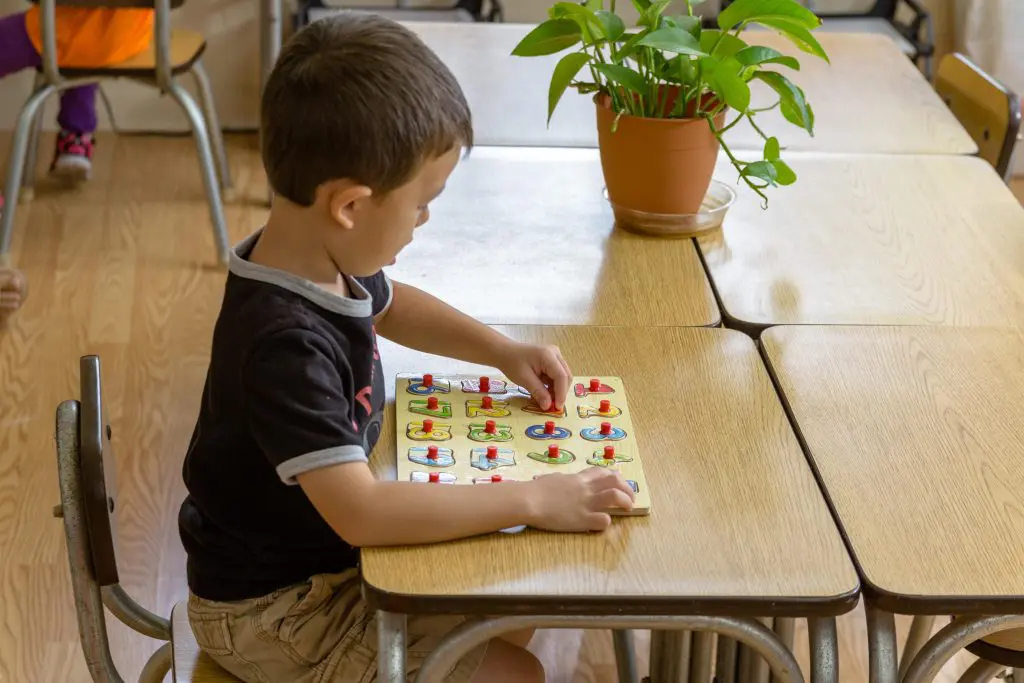Guided Tour of a Montessori Classroom
In a Montessori environment the child gains independence, security and self-confidence through an individual approach, all within an atmosphere of personal and loving attention.
Maria Montessori observed that when children grow up in an environment that is intellectually and artistically alive, warm, and encouraging, they will spontaneously ask questions, investigate, create, and explore new ideas. She found that children, especially when they are very young, are actually quite capable of absorbing information, concepts, and skills from their surroundings and peers almost through osmosis.
The intention of the materials is to use them as a tool to help children be able to work and learn at their own pace, to see abstract ideas presented in a very concrete three-dimensional way, and to help them to understand.
The classroom is divided into several logical areas by low open shelves, on which we see displayed an array of lovely and intriguing learning activities. They draw our attention and make most adults visiting a Montessori class long to be a child once again.
Although it may not be immediately obvious, there is an order to the room and a careful structure to how things are arranged. The Montessori environment is divided up into several different areas: one for practical life, one for sensorial, one for language, another for math, and smaller areas for art, geography, and science.


